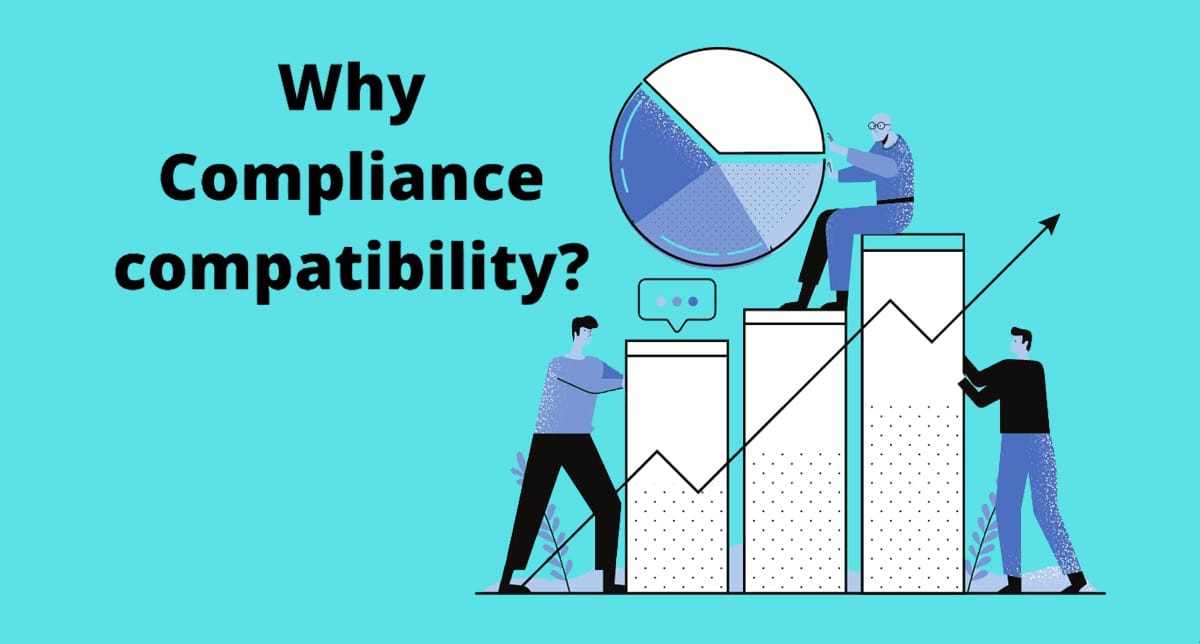In simple terms enterprise compliance is a consolidated effort towards compliance that encompasses several business units and geographies belonging to one organization. It is built from the top down and spans sensitive data covering for people, process and technology vulnerabilities regarding this data.
You can identify a good compliance management program by its level of emphasis on risk mitigation. In some cases, the compliance regulations may be founded upon numerous frameworks that serve to safeguarding sensitive data with ethical practices across departments.
Research indicates that over 90% of executives agree upon the importance of organizational integrity. The benefits of exemplary compliance can go a long way. Aside from limiting regulatory and reputational risk it can also make sure that your business remains competitive while providing a secure experience to employees and customers.
Distinguishing Internal and External Compliance
External compliance revolves around rules and regulations imposed on a business by the government. For instance, according to the General Data Protection Regulation (GDPR) if a company has misplaced customer personal information from the European Union (EU) they would be expected to provide notification of this mishap within 72 hours.
Internal compliance on the other hand is how a business responds to and works within the confines of these externally imposed compliances. The person in charge of drawing up these frameworks and policies is typically referred to as a compliance officer.
Understanding Who is Responsible for Compliance
The size of the enterprise determines if a single individual or a team is responsible for the maintenance of compliance within an organization. If it is a large business chances are there will be a team in place headed by a single individual namely the chief compliance officer. This compliance team makes sure that all employees and business policies are in alignment with both external and internal compliance regulations.
Compliance officers work closely with all employees to fully understand the levels of risk associated with operational functions and under which compliance jurisdiction they fall under. If there is ever a breach the compliance officer is responsible for assessing the situation and setting in place guidelines which would limit or even eliminate chances of reoccurrence.
Other responsibilities of a compliance officer are to conduct internal audits, lay out internal policies to minimize the risk of non-compliance and establish a contingency plan in the event of a breach. Conducting such activities requires an in-depth knowledge of the entire business as a whole on the compliance officer’s part. It is also their duty to effectively communicate and disseminate these regulations and ensure proper breach protocol is followed.
Regulations Extending Beyond Compliance Officers
Staying in line with compliance requirements is not the responsibility of compliance officers alone. Since the reputation of the company relies on proper compliance the responsibility to maintain it also
falls on the shoulders of top executives, board members and managers. Leaders in such roles bear an equal amount of accountability to communicate compliance guidelines to everyone involved at the organization.
Setting aside internal stakeholders, compliance needs to be made explicit to external parties as well. These external parties include regulators, shareholders, media and business partners. By creating a clear sense of external transparency businesses can benefit from an increased sense of public trust and respect.
Consider the Regulations Affecting Enterprise Compliance
- CCPA: The California Consumer Privacy Act rolled out on Jan 1st, 2020. The goal behind this act is to protect consumer rights while boosting transparency and personal information privacy.
- GDPR: The EU’s General Data Protection Regulation effective May 2018 aims to safeguard the data privacy of EU nationals.
- Sarbanes-Oxley Act (SOX): Passed by the US government in 2002 this federal law established the auditing and financial regulations of public companies. Its aim is to safeguard shareholders and accurately report financial reporting to the public.
Industry Specific Compliance
- HIPAA: The Health Insurance Portability and Accountability Act passed in 1996 protects patient health information.
- FINRA: The Financial Industry Regulatory Authority enforces regulations for the financial industry.
Compliance Best Practices for Effective Risk Management
1.Vendor Risk Oversight
Data compliance and safety also entails handling external factors like vendors. A number of regulations hold you accountable for a breach at your vendor and supplier ends as well. Monitoring such aspects can play a crucial role in maintaining compliance.
2. Incorporating Automation
By adding automation into the mix, compliance can be embedded into process flows and organizational processes enterprise-wide. This enables top-down oversight allowing performance optimization and better management of risk.
3. Digital Policy Supervision
The laying out of compliance policies and demonstrating compliance measures can be a cumbersome process that. Automated policy management that eliminates manual effort and errors can be a good way to streamline processes while cutting expenses.
If you’d like to explore data compliance for your organization, the ComplyD team would be glad to help. Leverage our SAP-native data discovery and compliance enablement tool. Enjoy comprehensive visibility through a user-friendly, unified dashboard with analytics. You’ll be able to take pro-actively take steps to meet any compliance regulations for ANY industry or geography. Our scientific, robust DASH approach discovers vulnerabilities and secures and hardens your perimeter to meet compliance regulations and avoid violations. If you’d like a taste of compliance simplified for your entire enterprise, please request a demo.




